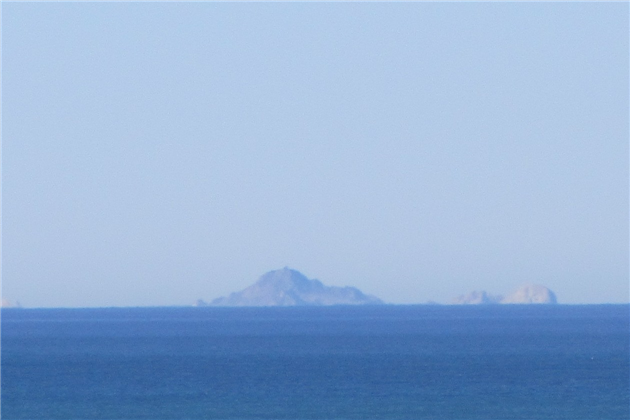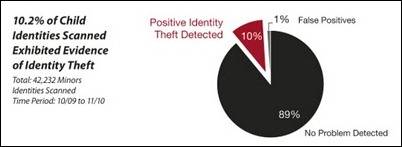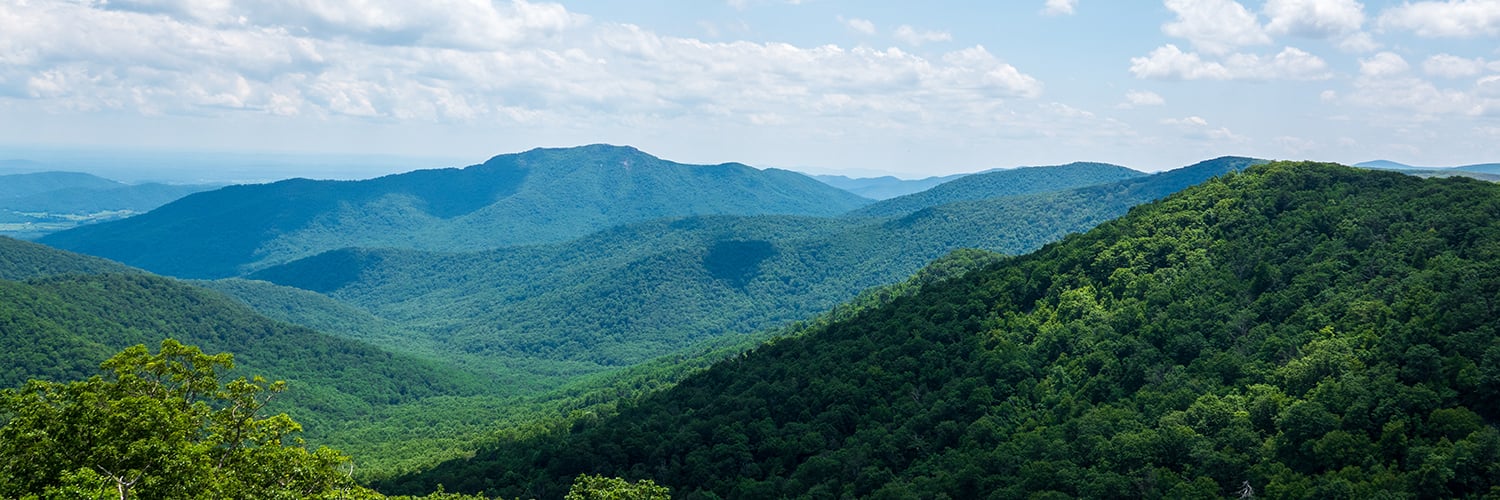REST API Design Rulebook by Mark Masse
2/5
Two huge problems with this book. It's short and very repetitive so the information content is about a couple of blog posts. The 'rules' are highly subjective, and much of the book is pushing the author's WRML 'standard' which I've never seen in the wild. The only real positive is that it's a comprehensive survey of the issues you need to think about when designing a REST API: just don't take the rules as gospel and research best practice from major APIs so you understand the context.
Links
What are the 1865 stickers on Bernal Hill about? http://t.co/0CGOmRYe
ITHCWY: Congress: instead of breaking the Internet how about fixing child identity theft?: According the the… http://t.co/4eBrdCPI
Penn Jillette: An Atheist's Guide to the 2012 Election - Boing Boing http://t.co/oA8XEYzP via @BoingBoing
Shouldn't hackers be _taking over_ a network of satellites? http://t.co/QmOcn8oy
ITHCWY: Shiti: Citigroup sent me a nice notice saying they are going to share my information in about four thousand… http://t.co/DQLR5DlV
The coming war on general computation http://t.co/yl9vNJHc (Cory Doctorow)
Zeno's Advent Calendar: http://t.co/EyGf4vBY #fb
“we couldn’t as a company be in a position of acknowledging ... hidden people.” - http://t.co/K7aSceFm
Check this video out -- IDEX: Connecting You to Grassroots Solutions to Poverty http://t.co/kiq32ThR via @IDEX
Catfood Software Blog | Winter Solstice 2011 in Catfood Earth http://t.co/O0x5TngH via @CatfoodSoftware
For Christmas, Your Government Will Explain Why It's Legal to Kill You: http://t.co/rrMIrELV
Arch druid ... said it was a "good omen for the year ahead" that the sun had come up after the ceremony. http://t.co/UxK0BQlf
Looking forward to: Build better web applications with "Get Some REST" http://t.co/DGxCp9uN via @getsomerestbook
Why is @VisualStudio so busy? http://t.co/y9TLULLk
Sphero http://t.co/VCM5rvhK #todo @myEN
HTTP status cats by GirlieMac: classic server error codes, now with cats: http://t.co/1bJc3tgt
Land of the free taken nearly taken care of: http://t.co/uNlYAzoJ just need to do something about home of the brave. #fb
Trillion-frame-per-second video: http://t.co/JLsK5GDm
ITHCWY: Reviews and Links for November 2011: Reamde by Neal Stephenson 5/5 Intelligent and humorous if highly… http://t.co/ysKotKbY
Yet more on http://t.co/Dk1bJ0Ve: http://t.co/OTViMYQW (BoingBoing)
Check this video out -- Cello Wars (Star Wars Parody) Lightsaber Duel - Steven Sharp Nelson http://t.co/8xzzZh6E via @youtube
Stop marketers from being able to call your cellphone! http://t.co/wJd12VzP @CREDOMobile #p2
More on http://t.co/p0AhRSIl hijacking shareware to install crap: http://t.co/lDsXNB2g #fail
RT @justanswer: Want to know how old Santa is or what he gets Mrs. Claus for Xmas? Ask Santa your questions for free! http://t.co/i9WIce ...
You're doing it wrong: on toast, with butter: http://t.co/sTHvdHY6 (Sandwich Monday: The Marmite Sandwich)
Too hot? Switch Google off: http://t.co/ZRLIpH12
2 of 5 stars to REST API Design Rulebook by Mark Masse http://t.co/U6A4yQNk
Aliens on Ice: http://t.co/FmLdlfZ3
There, we fixed it: http://t.co/gEhPi3Z8 (The woman... must marry her rapist as a condition of the release.)
Add your comment...
Related Posts
(All Politics Posts)








